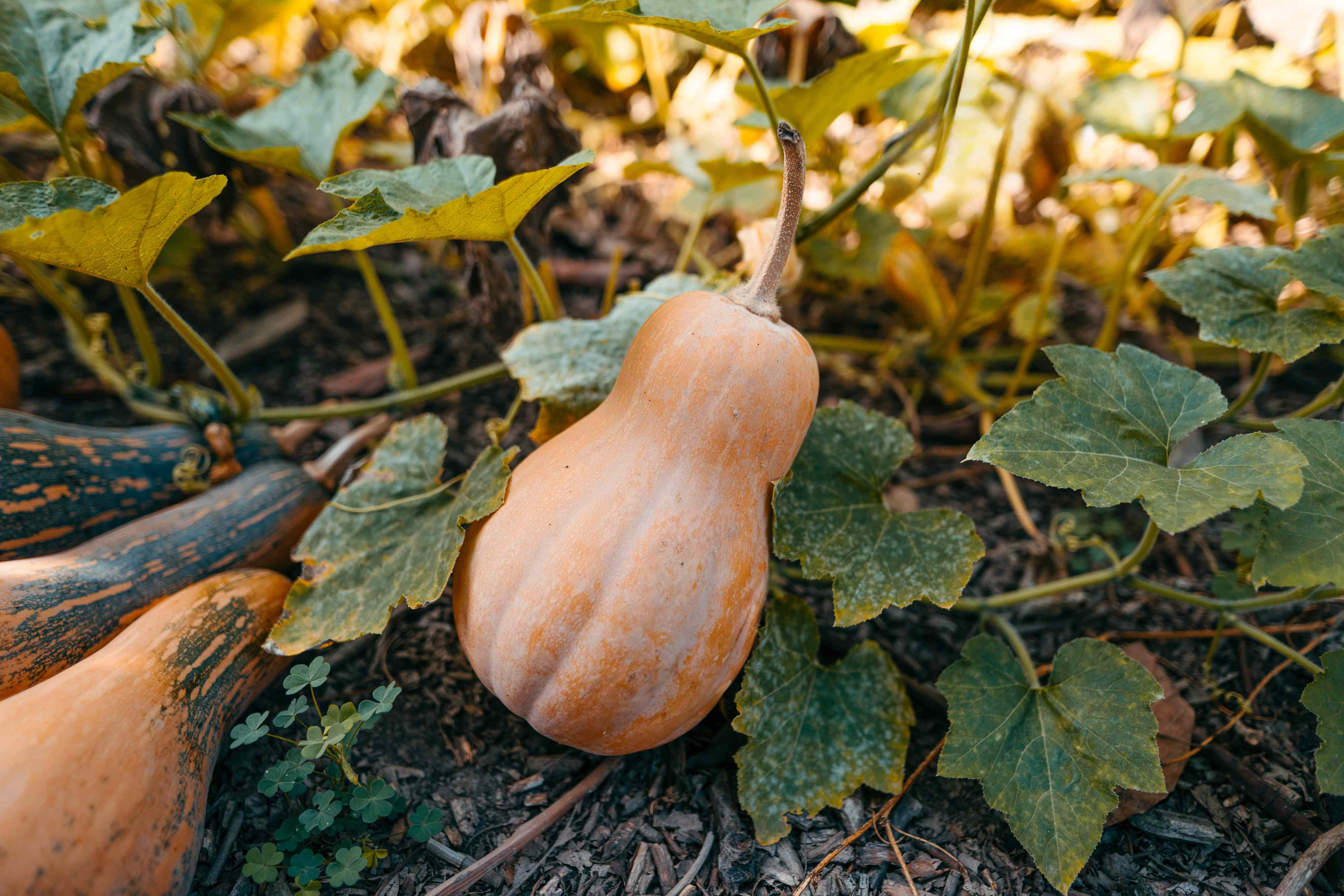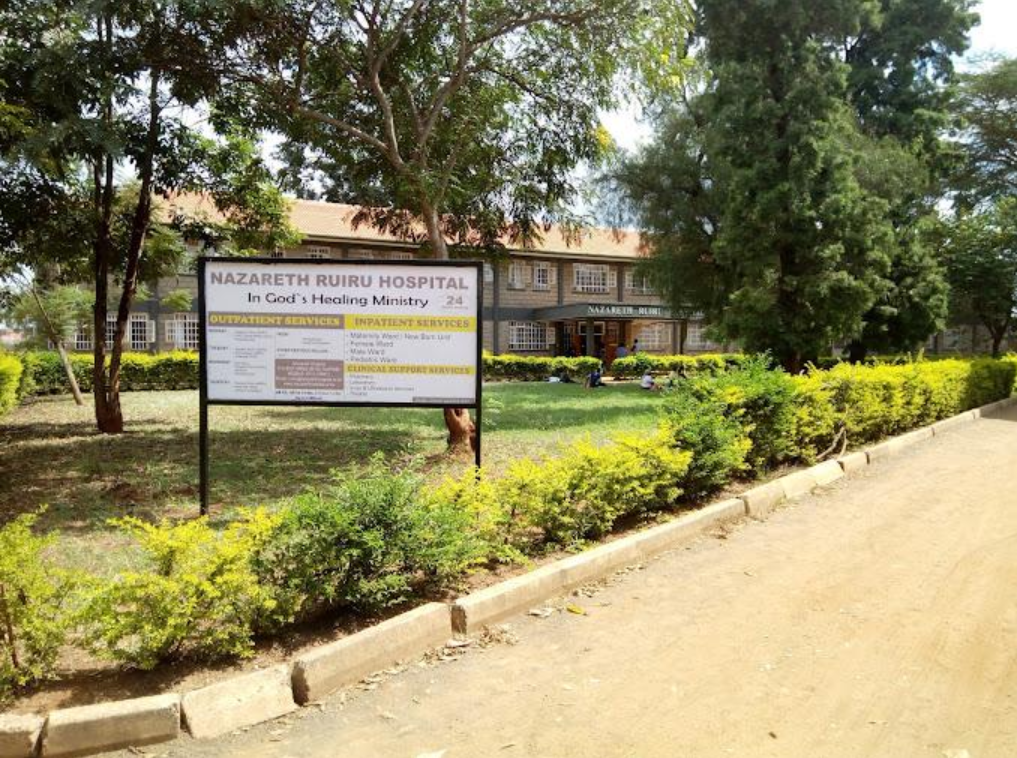Butternut farming in Kenya is steadily gaining popularity because of the high demand in local and export markets. This moist-fleshed squash grows on a vine and is among the most common types of winter squash.
Farmers love it because it is easy to grow, nutritious, and profitable. Butternut can be added to stews, soups, and salads, while its roasted seeds make delicious snacks.
With proper care, butternut farming in Kenya can bring farmers good returns and improve food security.

How to Start Butternut Farming In Kenya for Profit
Butternut farming in Kenya is a profitable agribusiness opportunity for both small and large-scale farmers. With the right conditions, quality seeds, and good management practices, farmers can enjoy high yields and tap into growing local and export markets.
Nutritional Benefits of Butternut
Butternut farming in Kenya offers more than profits. It produces a healthy crop packed with essential nutrients.
- It provides dietary fibre that aids digestion.
- Its dried seeds are rich in proteins.
- It supplies vitamins A and C for body immunity.
- It contains important minerals such as potassium and manganese.
Consumers are now more health-conscious, making butternut a highly marketable product both locally and abroad.
Varieties of Butternut in Kenya
Different varieties of butternut are suitable for Kenyan farmers. These include:
- Waltham
- Atlas F1
- Early Butternut F1
- Agronaut Hybrid
- Autumn Glow
The most popular varieties in Kenya are Waltham and Atlas F1 because of their high yields and adaptability to different regions.
Best Conditions for Butternut Farming in Kenya
For successful butternut farming in Kenya, the right ecological conditions are important.
- The soil should be well-drained with a pH of 5.5 to 7.5.
- The crop thrives in temperatures between 21°C and 28°C.
- Altitudes of 0–1700 metres are ideal.
- The crop requires full sunlight and enough spacing for vines to spread.
Land Preparation and Planting of Butternut
Good preparation of land plays a big role in increasing yields. Farmers should plough and prepare the land early. Dig holes about 30cm deep with a spacing of one metre apart. Mix organic manure with soil before planting. Plant one seed per hole for best results.
Use DAP fertiliser during planting, CAN for top dressing, and apply foliar feeds during flowering. To control pests and diseases, farmers can use fungicides and insecticides like Dynamec or Brigade. Early control helps to reduce losses.
Harvesting and Yields of Butternut
Butternut takes about 80 to 90 days to mature, although Waltham may take 90 to 100 days. Harvesting is done when the skin is hard and turns a tan colour. On average, a well-managed farm can produce between 20 and 40 tonnes per hectare depending on the variety grown and farming practices.






































